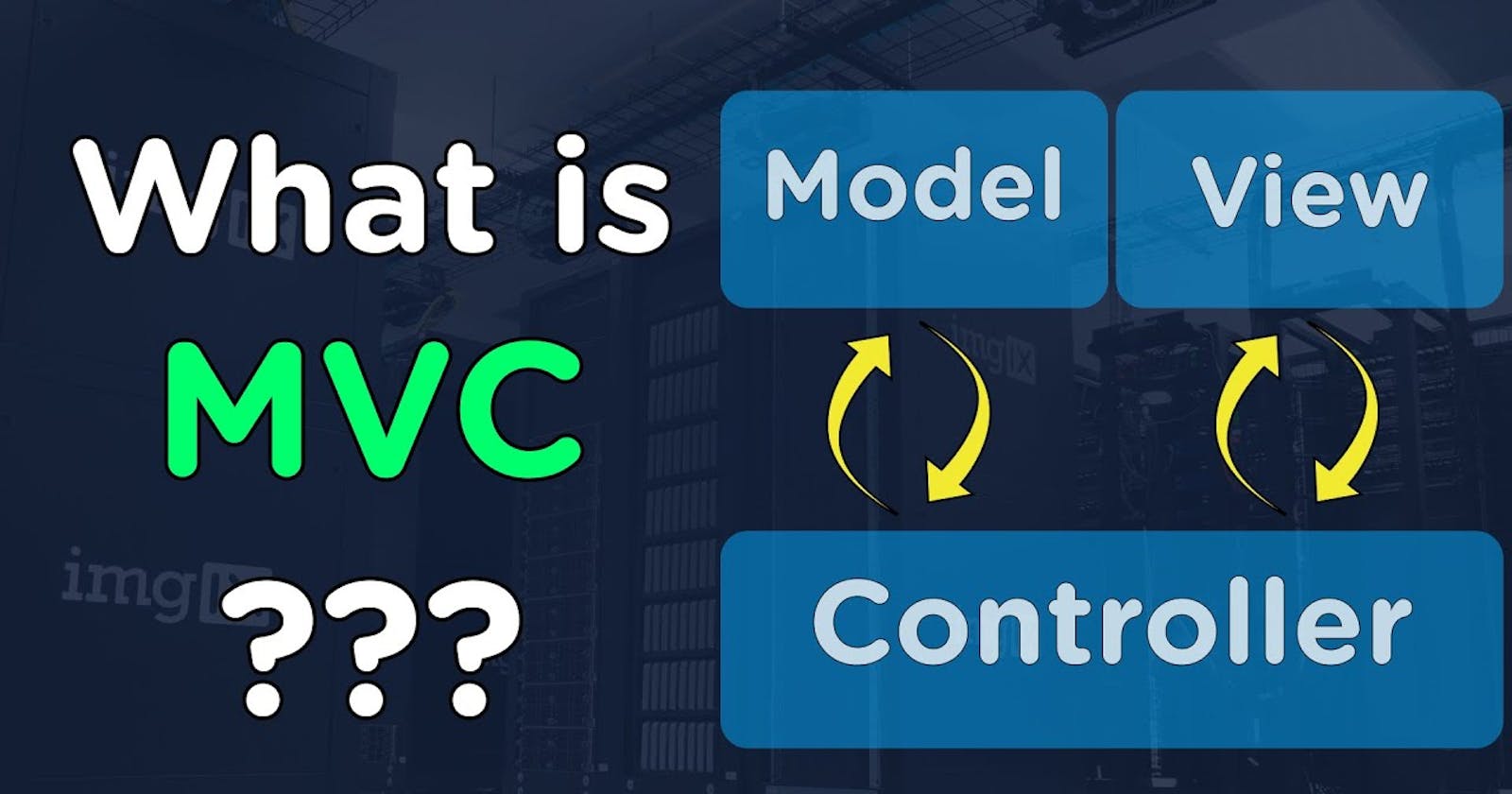Model View Controller Explained
Its a design pattern that is commonly used in web development to organize and structure the code of an application.
Table of contents
MVC is the most popular type of architecture for building complex web servers. This architecture is used by many frameworks and is implemented in many web applications.
Model View Controller (MVC) is an architectural pattern used in software engineering to separate the business logic from the user interface. The pattern divides the application into three interconnected parts: the model, the view, and the controller.
Model: Represents the data and the business logic of the application. It is responsible for handling the data and performing any necessary calculations or operations on it. The model is also responsible for communicating with the database and retrieving any necessary data for the application.
View: Responsible for displaying the data to the user. It is the part of the application that the user interacts with and sees on their screen. The view takes the data from the model and presents it in a format that is easy for the user to understand and interact with.
Controller: Intermediary between the model and the view. It handles the communication between the two, making sure that the right data is displayed to the user at the right time. The controller also handles user input, such as form submissions, and sends the necessary information to the model to be processed.

MVC allows developers to create complex applications that are easier to maintain, as each layer can be developed and modified independently. Additionally, MVC enables developers to reuse components across multiple applications.
How its used today
This process is used in many of today’s frameworks, including Ruby on Rails and ASP.NET. In a Ruby on Rails application, for example, the model is responsible for accessing and manipulating the data stored in the database, the view renders the user interface, and the controller handles the interactions between the model and the view. The controller also contains the application logic, such as authentication, authorization, and business logic. MVC is also popular in mobile application development, as it allows developers to create applications that are both responsive and flexible.
Summary
Overall, MVC is a powerful design architecture that can be used to create complex applications that are easier to maintain. It is a popular choice for developers, as it enables them to reuse components across multiple applications and create applications that are both responsive and flexible.
That is all! Thanks for reading and following along. If you like this article please consider following me for more.
